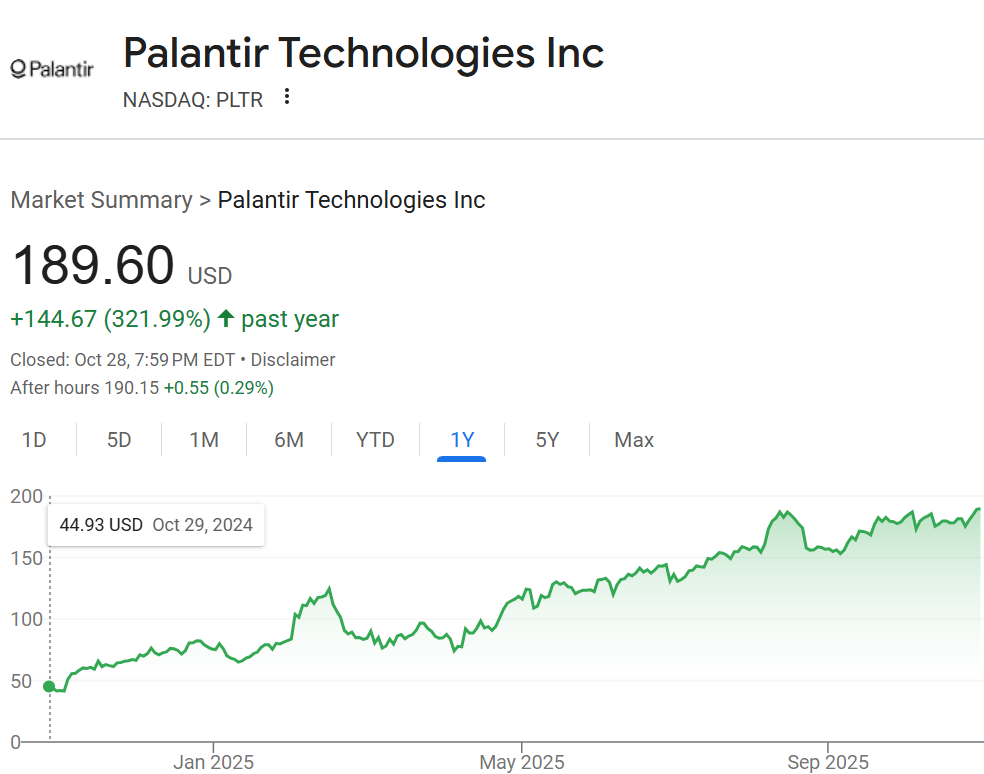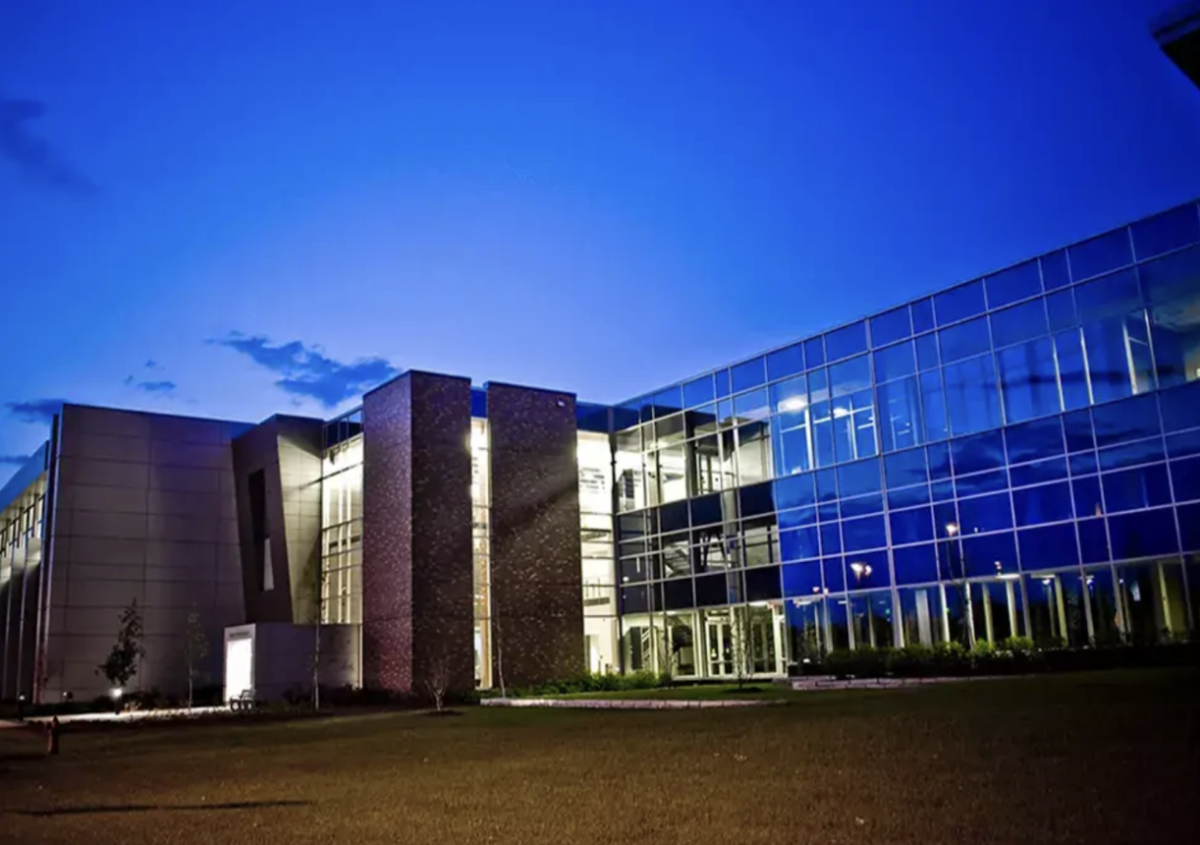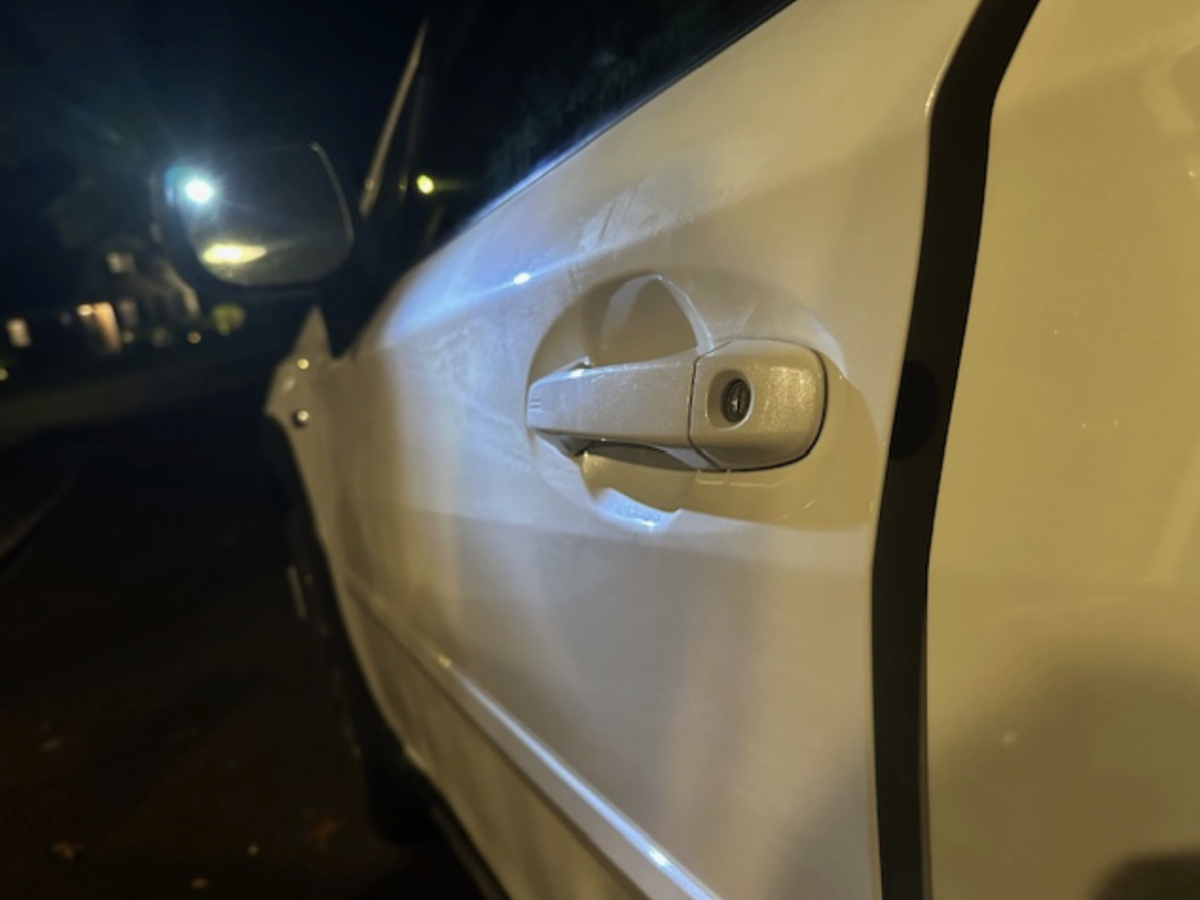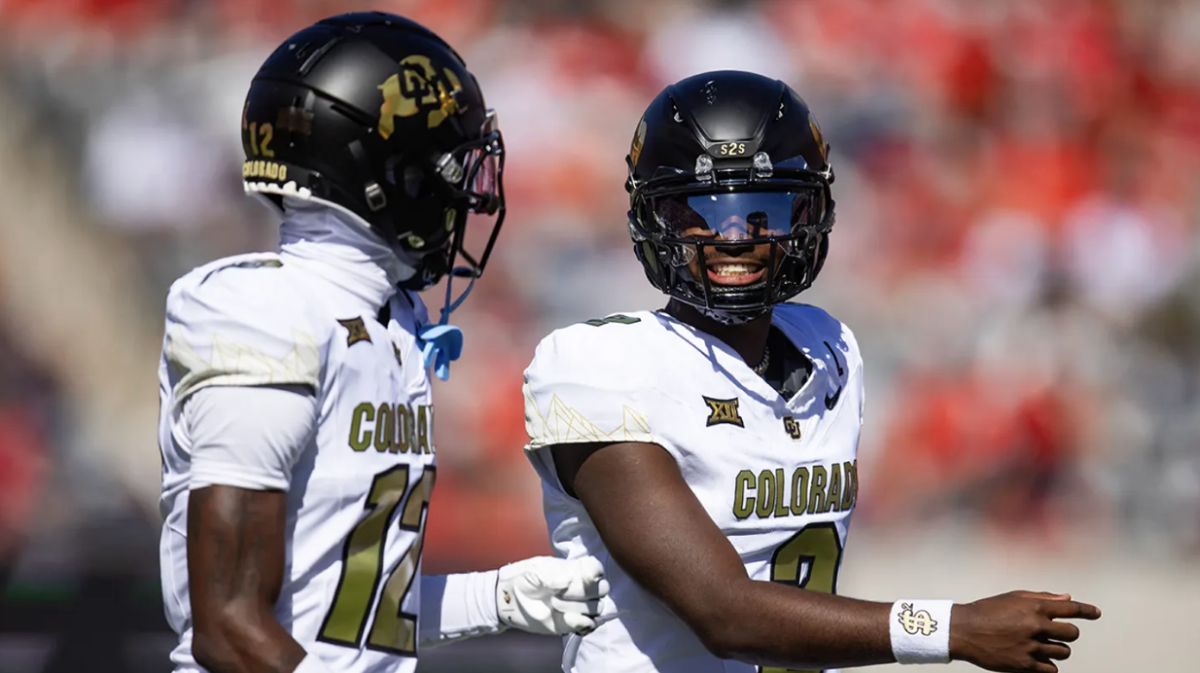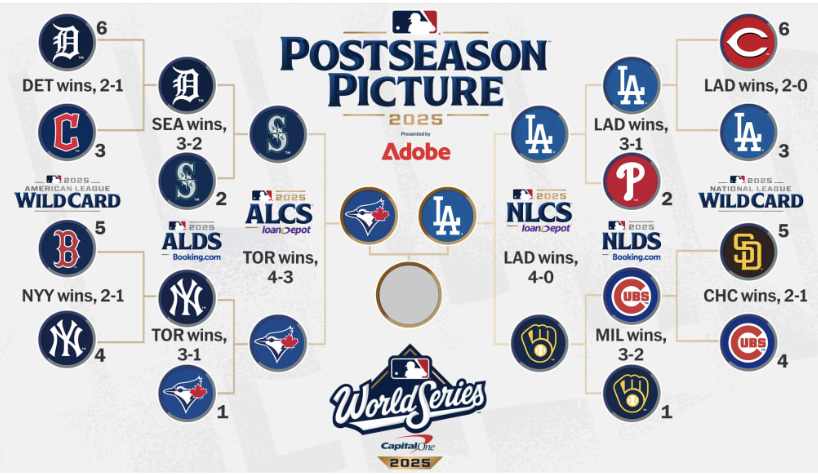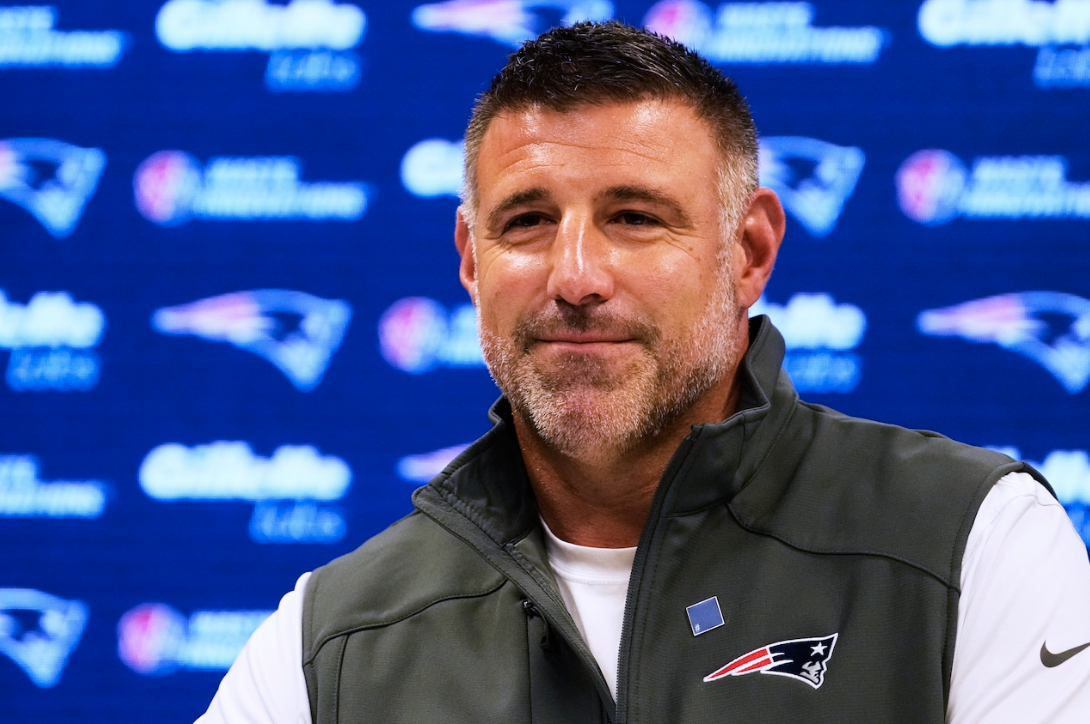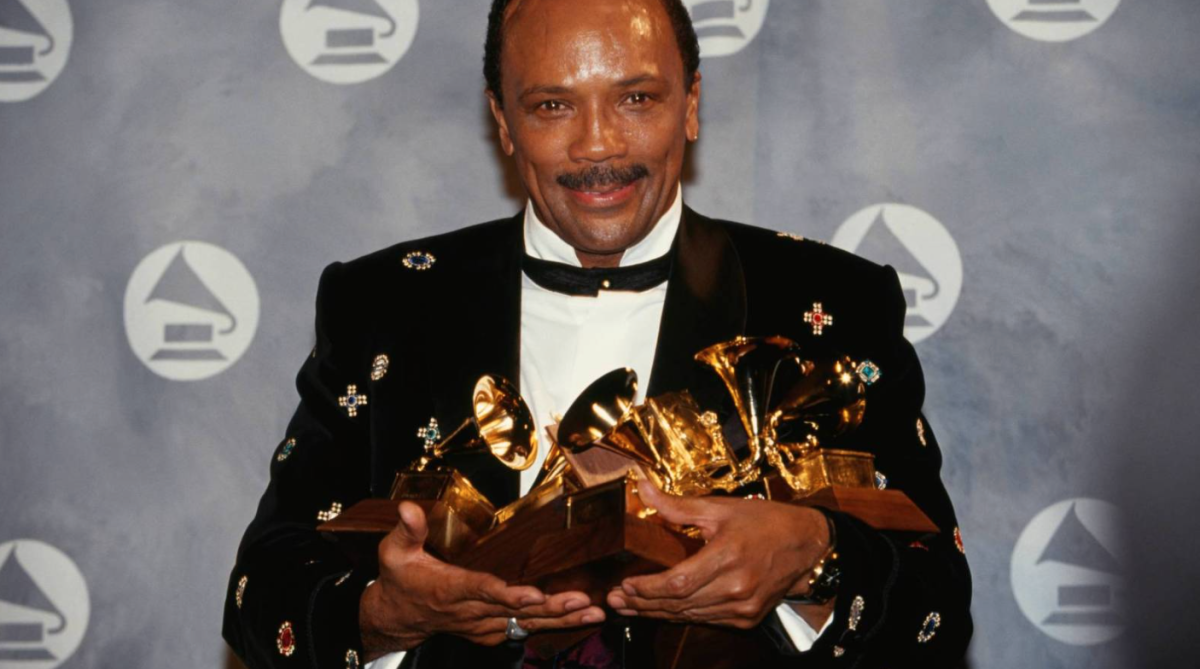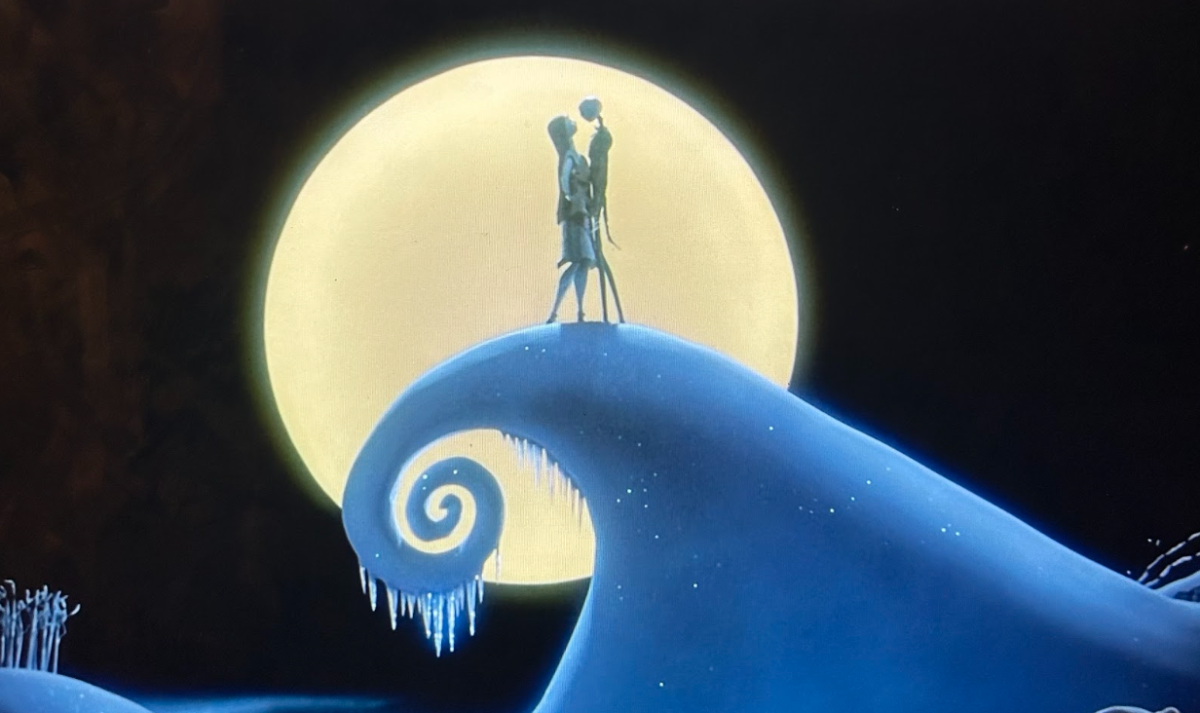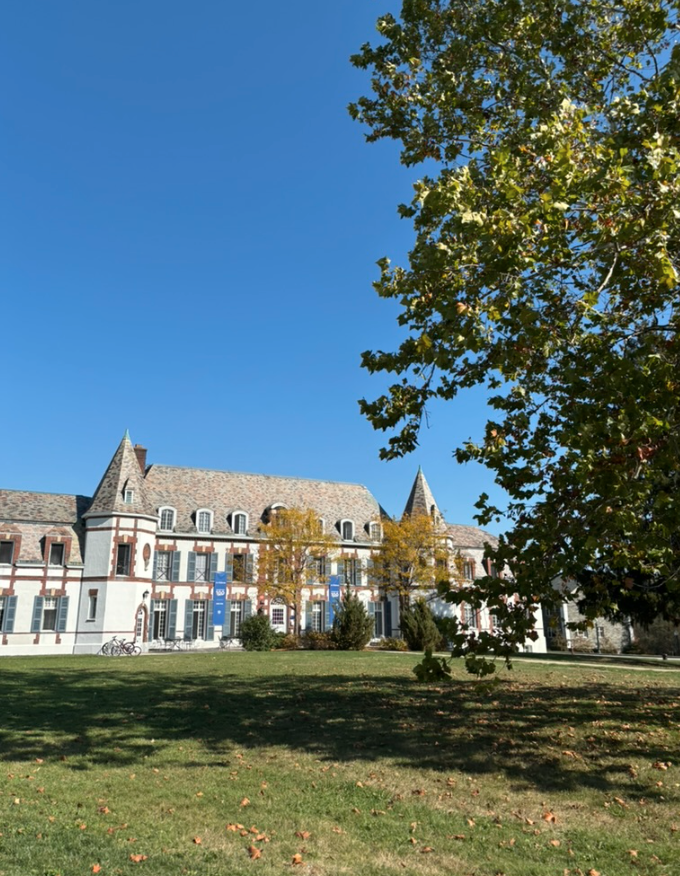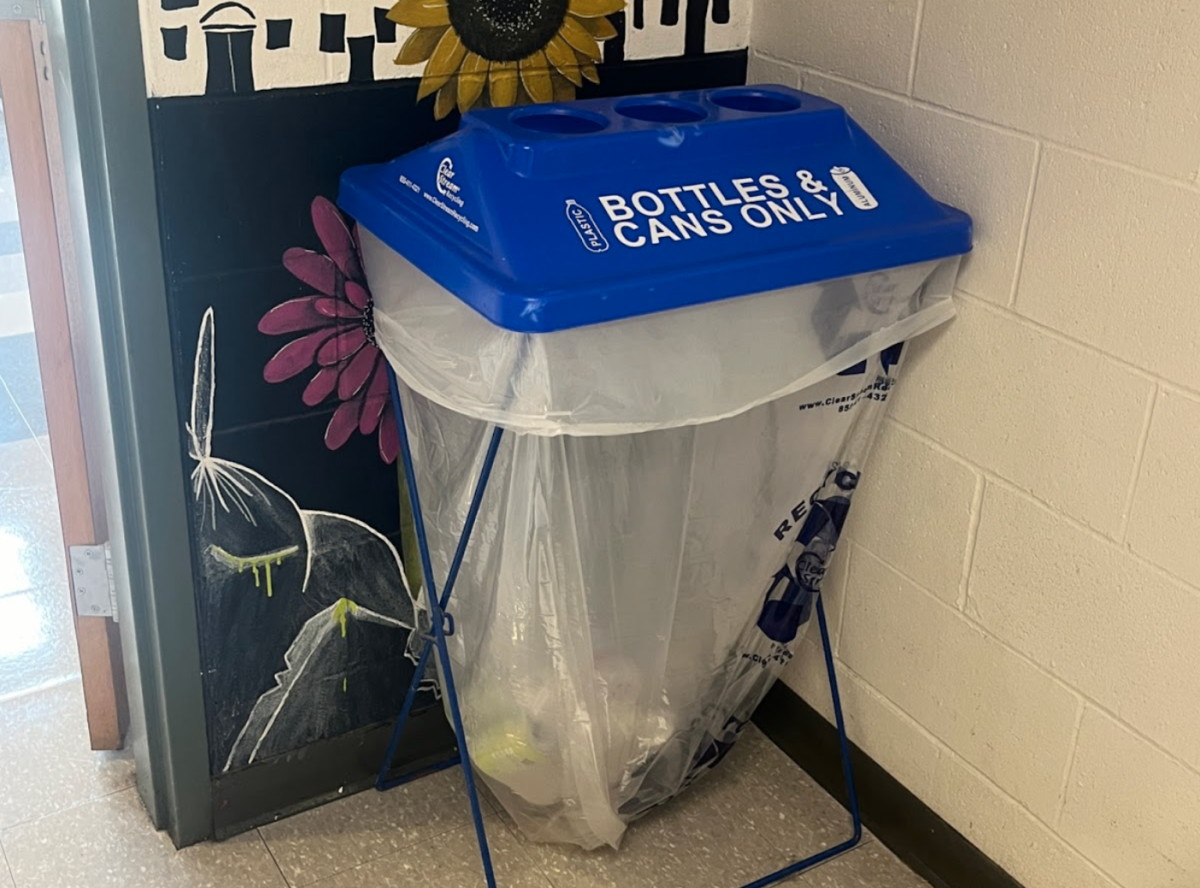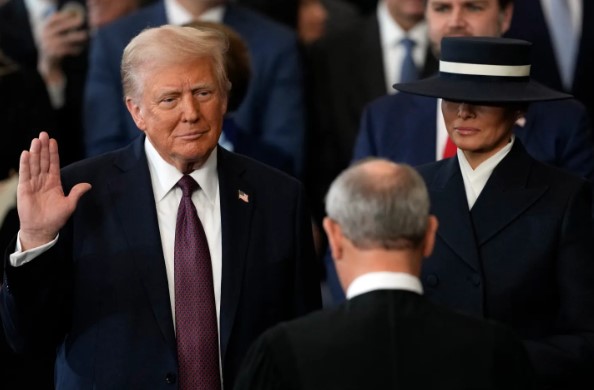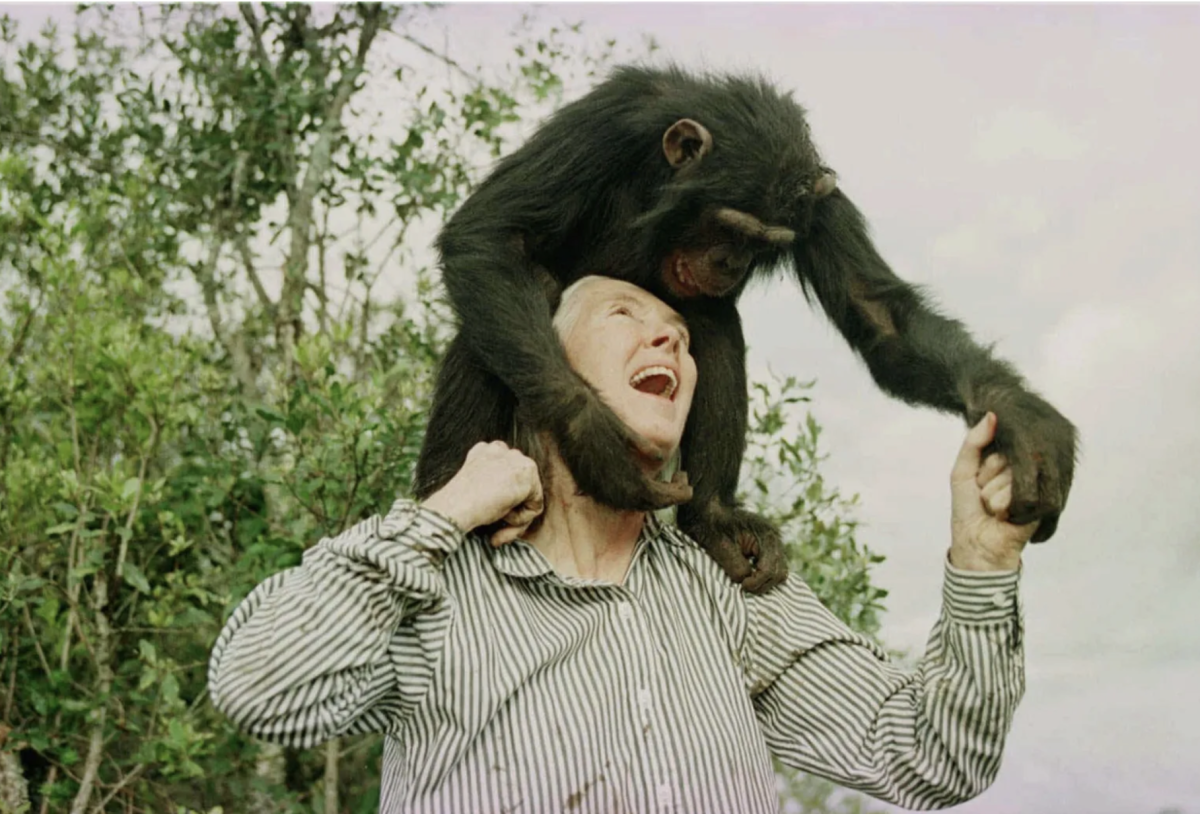On Monday, January 20th, Martin Luther King Day, Donald Trump was inaugurated as the 47th President of the United States. Just like for the many Presidents before, this day was filled with deep tradition and excitement for this new chapter. Here are the most important things to know.
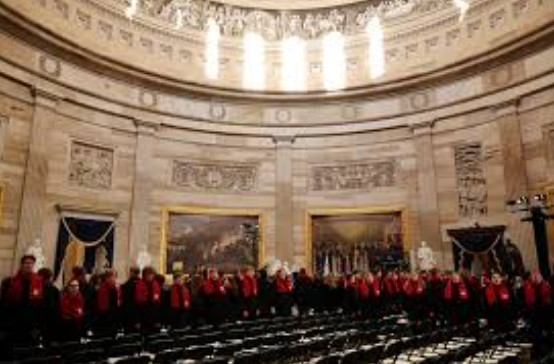
For the first time since Ronald Reagan’s 2nd term inauguration in 1985, the President-elect decided to move the day’s processions inside the capitol building due to frigid temperatures. Because of this the guest list was limited, and the public crowd that usually forms on Capitol Hill was left out.
The Mourning Period of Jimmy Carter and the Flag
Additionally, January 20th fell within the 30-day mourning period for late president Jimmy Carter in which the flag was supposed to be hung at half-mast. However, on the day of Trump’s inauguration the flag was flown at full mast, disregarding the decision of former President Biden. Following the ceremony flags returned to their half-mast state until January 29th, the end of the mourning period.
Who attended?
The guest list for this event featured many familiar famous faces. Such as singer Carrie Underwood, CEOs Mark Zuckerberg and Jeff Bezos, and many others such as social media figure Jake Paul and former Fox Newscaster Tucker Carlson. Among these people it was great to see Former President Biden alongside VP Kamala Harris seated in the crowd, as it is tradition for the former President to attend their successors inauguration. This tradition was brought back after Trump opted to skip Biden’s inauguration after his 2020 loss.
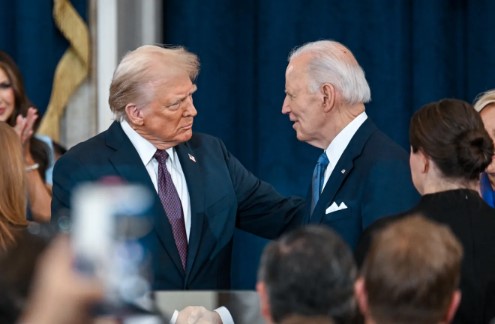
“I think it was deeply important that Biden showed up to Trump’s inauguration, even though Trump did not attend his, because it is normal for there to be a mature and peaceful transition of power” Sophomore Veronica Webb offered.
The Inaugural Prayer Service
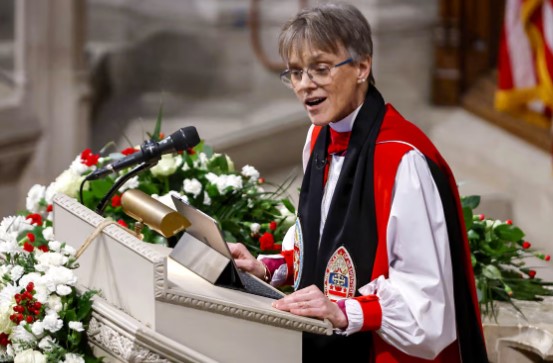
Trump’s Inaugural Address
One prominent event that occurs on Inauguration Day is prayer and church service. This year the sermon given by Reverend Mariann Edgar Budde went a little differently from previous years. During her reading she spoke directly to the soon to be President asking him to have mercy upon all the people that the promises of Trump would hurt. When later asked about the sermon Trump remarked that “I did not think it was a good service. They could do much better.” This furthered many Americans’ concerns about Trump’s lack of empathy and did nothing to alleviate the fears and worries of citizens.
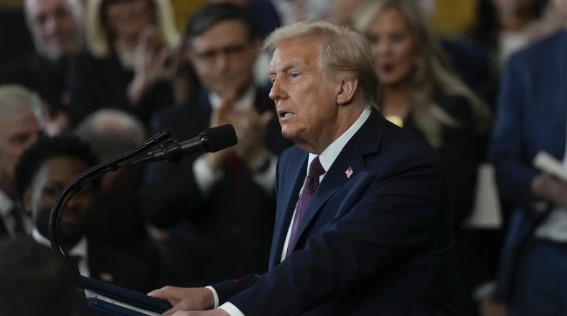
Another traditional thing for an inaugurated president to do is to give an Inaugural Address to the American People. Trump’s address outlined his vision for a better America and how this would be achieved through his various goals, especially those aligned with limiting immigration and boosting the economy.
Trump’s Executive Orders
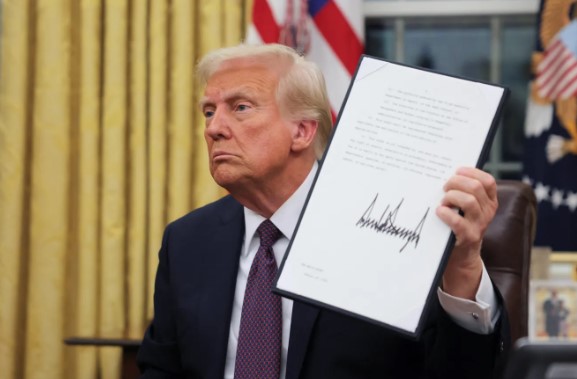
An executive order is a request or regulation set by an incoming president that can be immediately enacted, without the power from congress, like a law. On day one, President Trump signed 26 of these orders, in comparison to the single one he signed on day one of his first term. All these orders fulfilled the promises he offered throughout his campaign. However, there are limitations and guidelines as to what a president can legally and constitutionally enact with these orders, and some are currently being challenged. Here is a summary of the main points of Trump’s orders:
Immigration
- End of birthright citizenship. This means children born in the United States to parents who lack legal status will no longer be recognized as US citizens. This order is facing pushback for being unconstitutional.
- Declaration of a national emergency on the Southern Border. By doing this he stopped the admission of refugees into the US and requested heavier military presence.
The Federal Workforce
- Calling all federal employees back to in person working, after years of working remotely.
- Ending of federal diversity programs. This will exterminate all jobs and offices related to diversity, inclusion, and equity.
The Environment
- Withdrawal from the Paris Climate Agreement. This treaty was adopted by countries globally to avoid further environmental harm. In Trump’s first term he withdrew as well, but then Biden rejoined.
- Pushed the movement towards electric transportation.
- Ended restrictions limiting the production of oil.
- Limited the creation of offshore wind facilities.
Other
- Removal from the World Health organization.
- Recognition of only two sexes.
- Clemency for all charged in relation to January 6th, 2021. This comes in the form of pardons, or reconsideration of sentencing. Trump will be forced to defend this action as many convicted were for violent crimes against police officers.
- Delay of the banning of the app TikTok.
- Stopping funding of abortion care.
When asked about Trump’s Inauguration, specifically about Trump’s executive orders, Senior Hope Huffman offered, “It distresses me that the United States has yet again chosen Donald Trump as our president. I watched the inauguration, and his new policies worried me. Specifically, regarding immigration and the fundamental rights of women and just people in general.”
In conclusion, Donald Trump’s inauguration as President of the United States marked the beginning of a new chapter in American history with a blend of tradition, controversy, and emotion.

